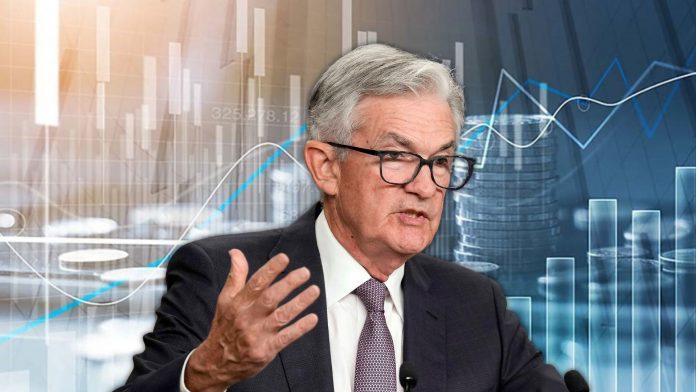According to a Labor Department report, inflation decreased in March as the effects of the Federal Reserve’s interest rate rises became more apparent.
The consumer price index, a commonly followed measure of the cost of goods and services in the U.S. economy, rose by 0.1% in March compared to a Dow Jones estimate of 0.2% and 5% from a year prior to the prediction of 5.1%. However, when excluding food and energy, the core CPI rose by 5.6% and 0.4% annually, both as predicted.
The data revealed that inflation is still far higher than the Fed’s comfort level, but it’s showing signs of slowing down. Inflation is aimed at roughly 2% by policymakers as a healthy and sustainable growth rate. The CPI’s overall increase was the smallest it had been since June 2021.
Additionally, energy prices decreased by 3.5%, and the food index remained stable, which reduced overall inflation. The amount of food consumed at home decreased by 0.3%, the first decrease since September 2020, but it is still up 8.4% from a year earlier. After skyrocketing, egg prices fell 10.9% for the month, bringing the 12-month increase to 36%.
The Federal Reserve has increased its benchmark interest rate nine times, for a total increase of 4.75%, over the previous few years. This is the quickest rate of tightening since the early 1980s. When price hikes turned out to be more persistent than expected, officials were obliged to play catch-up. Initially, officials discounted inflation briefly, anticipating it to fall as pandemic-related factors disappeared.
On the other hand, the labor market is one of the primary areas that the central bank has focused on. Recent months have seen a slight improvement in the labor shortage that has contributed to the rise in wages and prices.
For example, in March, nonfarm payrolls expanded by 236,000. The weakest gain since December 2020, while average hourly wages advanced at a 4.2% annual pace. The lowest level since June 2021.
As a result, the Fed is hopeful that changing its policies would stop the labor market slowdown from developing the economy into a recession. According to the Atlanta Fed, reports show that the GDP increased by 2.2% yearly in Q1, but many experts predict a decline later in the year.



